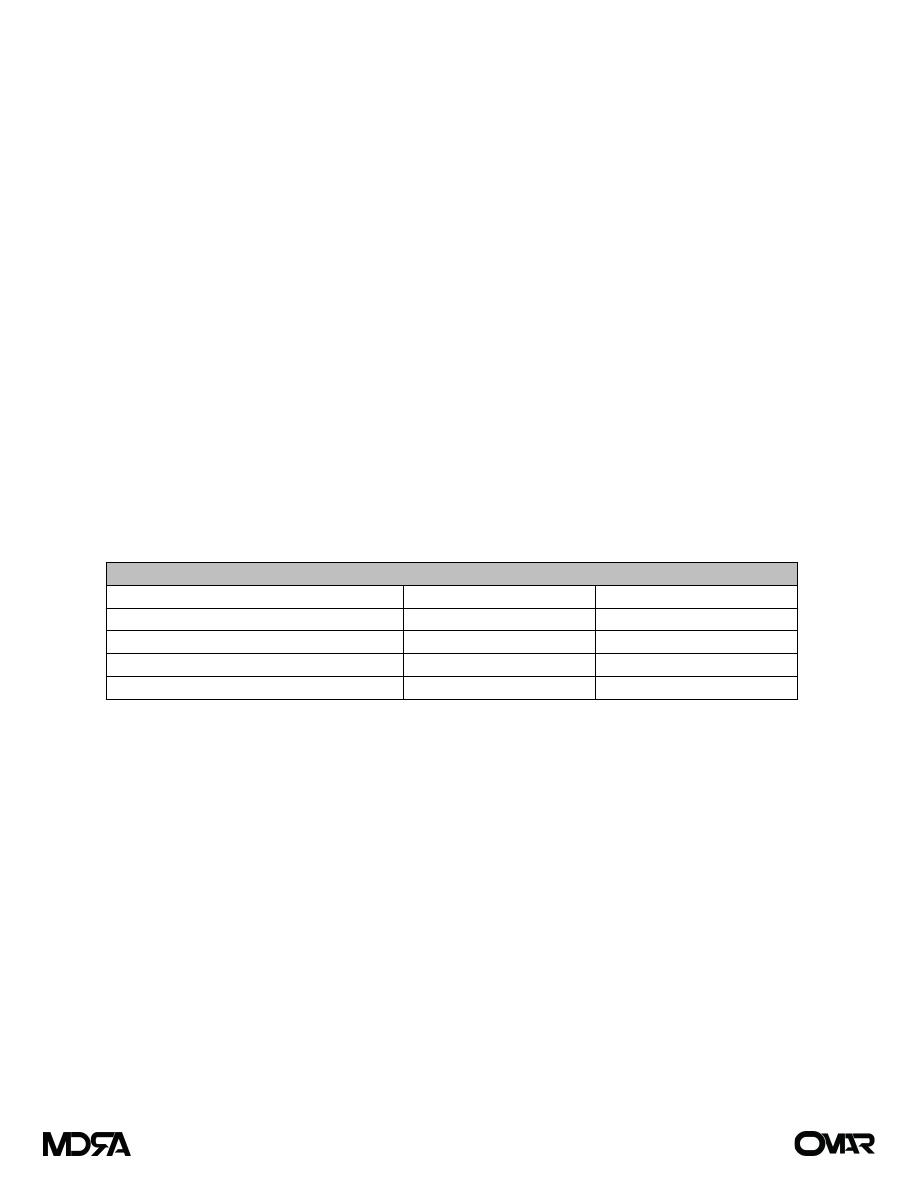
SUTURES AND NEEDLES
Sutures
The materials used for closure of an incision or a wound to facilitate the healing process.
Types of suture
Non-absorbable sutures tend to be used where any loss of strength might compromise the future
integrity of the tissues being joined, e.g. vascular anastomoses, hernia mesh fixation, tendon repairs,
sternal wiring.
Absorbable sutures tend to be used where the persistence of foreign material would cause
unnecessary tissue reaction or increased risk of infection, e.g. bowel anastomoses, skin and
subcutaneous tissues.
Monofilaments have the advantage of smooth tissue passage and minimal tissue reaction, but tend
to have a crystalline structure that increases the ‘memory’ effect of the suture, making knotting less
secure and increasing the risk of suture fracture.
Braided polyfilaments exert more tissue friction during the passage through, but are intrinsically
more flexible and knot securely more easily.
Sizes of suture
Suture material thickness is classified according to its diameter in tenths of a millimeter and denoted by
imperial sizes from 10/0 (smallest—invisible to naked eye) through 4/0 (typical size for fine vascular
anastomoses), 2/0 (typical size for bowel anastomoses), and 1 (typical size for abdominal closure), to 4
(largest available—size of sternal wires).
Types of suture material
Natural fiber
Synthetic fiber
Non-absorbable monofilament
Silver wire, Steel wire
Polypropylene, nylon
Non-absorbable braided polyfilament
Silk
Ethilon
Absorbable monofilament
Monocryl, PDS
Absorbable braided polyfilament
Vicryl, Dexon
Needles
Needles are used for sewing up tissues during surgery. The needle has three main parts: shank, body and
point.
In the past, needles had eyes in them and suture material had to be loaded into them, which was not only
time consuming, but it meant that the needle holes in tissues were considerably larger than the suture
material is used. Currently, needles are eyeless or ‘atraumatic’ with the suture material embedded within
the shank of the needle.
Types of needles
Needles may be curved (anything from half round to shallow curved) or straight.
Round-bodied, blunt-ended (often used for closing major incisions). Relatively safe as it has low
tissue penetrance.
Round-bodied, sharp-pointed (but smooth, round, cross-sectional profile). Pushes tissue apart so
often used for delicate tissues such as bowel, blood vessels, etc.
Triangular-bodied, sharp-pointed (Cutting point: triangular cross-section giving a specific cutting
edge). Slices through tissues so often used for dense structures such as fascia and tendons.
Page 1 of 1
